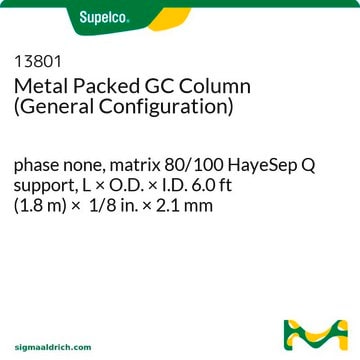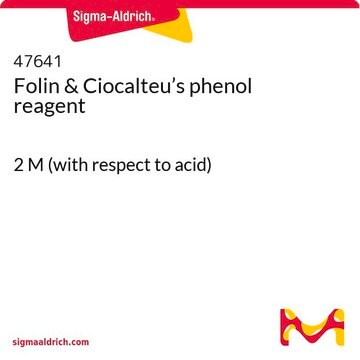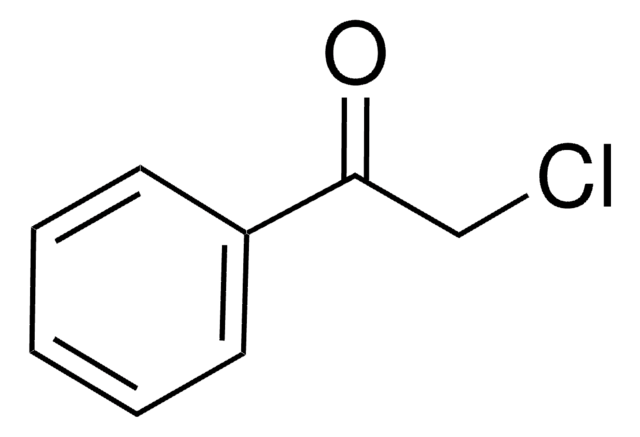10306
HayeSep® Porous Polymer Adsorbent
matrix HayeSep S, 60-80 mesh, bottle of 75 cc
About This Item
Polecane produkty
Postać
solid
opakowanie
bottle of 75 cc
producent / nazwa handlowa
Hayes Separation Inc
Parametry
250 °C temp. limit
metody
gas chromatography (GC): suitable
powierzchnia
~583 m2/g
macierz
HayeSep S
wielkość cząstki
60-80 mesh
gęstość
~0.33 g/mL (free fall density)
Szukasz podobnych produktów? Odwiedź Przewodnik dotyczący porównywania produktów
Opis ogólny
For more information about any of our adsorbents, please visit sigma-aldrich.com/adsorbents
Zastosowanie
Informacje prawne
Kod klasy składowania
11 - Combustible Solids
Klasa zagrożenia wodnego (WGK)
WGK 3
Temperatura zapłonu (°F)
Not applicable
Temperatura zapłonu (°C)
Not applicable
Środki ochrony indywidualnej
Eyeshields, Gloves, type N95 (US)
Wybierz jedną z najnowszych wersji:
Certyfikaty analizy (CoA)
Przepraszamy, ale COA dla tego produktu nie jest aktualnie dostępny online.
Proszę o kontakt, jeśli potrzebna jest pomoc Obsługa Klienta
Masz już ten produkt?
Dokumenty związane z niedawno zakupionymi produktami zostały zamieszczone w Bibliotece dokumentów.
Nasz zespół naukowców ma doświadczenie we wszystkich obszarach badań, w tym w naukach przyrodniczych, materiałoznawstwie, syntezie chemicznej, chromatografii, analityce i wielu innych dziedzinach.
Skontaktuj się z zespołem ds. pomocy technicznej







